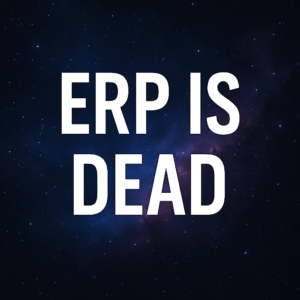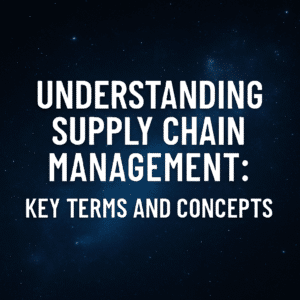When heading into a digital transformation, the concept of resistance becomes a real threat. Resistance can come at the user level, manager level and in some cases even the executive level. Before jumping into the deep end and blindly communicating what is happening and why change is good to the masses, we strongly recommend first understanding change resistance as part of your organizational change management strategy.
Because there are so many variables that can cause resistance, uncovering the root cause of resistance is not an easy task. For starters, consider a four common sources of employee resistance:
Table of Contents
ToggleIntentional Change Resistance
When asked about resistance across their teams, most leaders acknowledge that there will be challenges. They talk about the people who have resisted change in the past or those who are tied to a particular system or process. This type of resistance is referred to as Intentional Resistance and is easily identifiable. Following the well-known iceberg analogies, this form of resistance sticks out above the water.
Unintentional Change Resistance
What most executives fail to realize is that the vast majority of resistance in most cases will not come from those who openly oppose the initiative. Rather it will come from the quite group who do not even initially realize themselves that they have some level of resistance to change. These are the unintentional resisters who, if not identified and realigned, can derail an implementation.
A common example of unintentional resistance comes when people begin to realize that their unique work-arounds to the current system may no longer apply. It may be a customized spreadsheet or siloed application that will become automated as part of a new top ERP system or other technology. While these people understand the greater need for change and that the pending implementation is best for the company as a whole, there is an underlying concern that their value to the organization may be at risk. Identifying these cases is critical in forming proper messaging and alignment towards the transformation.
This video explain s how unintentional resistance can derail an ERP implementation or digital transformation project:

Misunderstanding
If people do not understand what they are being asked to do or why they are being asked to do it, they will likely resist. Using the above example, if it is not explained or remains unclear how the future state will support those who will be losing their sacred spreadsheet, they will assume the worst. This is where across-the-board communications can derail, meaning change affects different departments, functional areas, geographies and even individuals differently.
If “WIIFM” (What’s In It For Me) is not addressed, the message will not be hear correctly by any number of people. Consider that the current state may be seen as comfortable and stable for many, and any unknowns in terms of future change including job roles, responsibilities and impacts to organizational design will be seen as a potential negative until understood.
Misalignment
We talk often about how misalignment in general can destroy implementation efforts, and the concept of misalignment also extends into the workforce. Often tied with misunderstanding, if a user senses that an upcoming software initiative may impede what they know has worked in the past, resistance will emerge.
Consider the recent case of a consumer goods distributor who was directed by their parent company to implement SAP across all divisions. Prior to this implementation, the small distributor had run a very successful business by creating a niche for their product and maintaining an entrepreneurial spirit in getting things done. It did not take long for users to realize that the procedural mandates that were coming as part of the SAP implementation and standardization efforts of their parent organization would put that entrepreneurial spirit at risk.
The purpose of initially identifying the causes and forms of resistance is to help build a successful organizational change management (OCM) plan. This is where most change management efforts fail, by assuming that the same process or change methodology that worked for one organization will work for another. Stay tuned next time for ideas on how to address these different forms of change resistance.





